Nonbanks and Banks: Alone or Together?

Nonbank financial institutions (NBFIs) constitute a variety of entities—fintech companies, mutual funds, hedge funds, insurance companies, private debt providers, special purpose vehicles, among others—that have become important providers of financial intermediation services worldwide. But what is the essence of nonbank financial intermediation? Does it have any inherent advantages, and how does it interact with that performed by banks? In this Liberty Street Economics post, which is based on our recent staff report, we provide a model-based survey of recent literature on nonbank intermediation, with an emphasis on how it competes, or cooperates, with traditional banks.
Are Nonbank Financial Institutions Systemic?

Recent events have heightened awareness of systemic risk stemming from nonbank financial sectors. For example, during the COVID-19 pandemic, liquidity demand from nonbank financial entities caused a “dash for cash” in financial markets that required government support. In this post, we provide a quantitative assessment of systemic risk in the nonbank sectors. Even though these sectors have heterogeneous business models, ranging from insurance to trading and asset management, we find that their systemic risk has common variation, and this commonality has increased over time. Moreover, nonbank sectors tend to become more systemic when banking sector systemic risk increases.
Do Exchange‑Traded Products Improve Bitcoin Trading?

Spot bitcoin exchange-traded products (ETPs) began trading in the U.S. on January 11, 2024. For investors, these ETPs purport improved liquidity and price efficiency, and more convenient access to bitcoin trading compared to other means of trading bitcoin in spot markets. Proponents also cite bitcoin holdings as a portfolio diversification opportunity due to historically low correlation with traditional financial securities. Others argue that bitcoin remains a speculative asset and that ETPs increase its interconnections with the traditional financial system. In this post, we examine the initial performance, trading costs, and price efficiency of spot bitcoin ETPs in the U.S.
Small Business Recovery after Natural Disasters in the Fed’s Second District
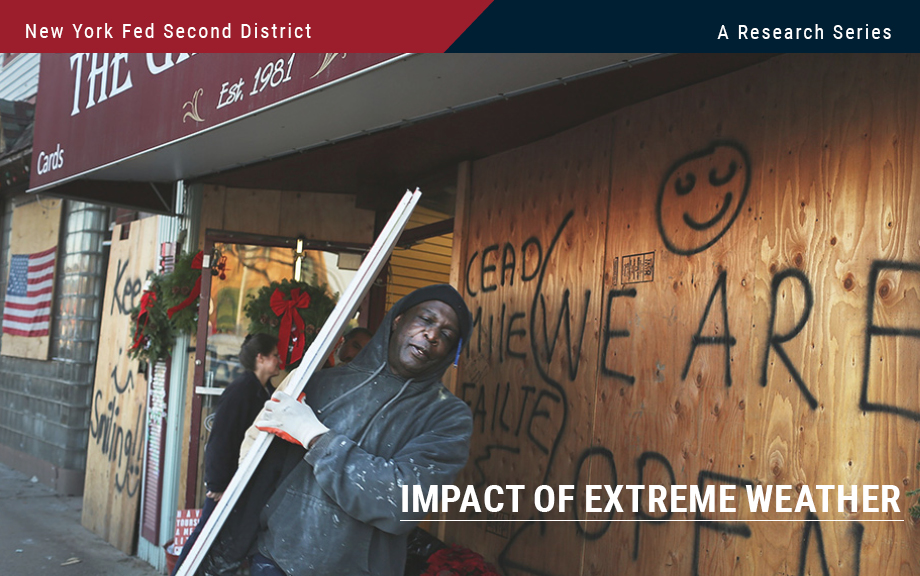
A previous Liberty Street Economics post found that minority-owned small businesses in the Federal Reserve’s Second District have been particularly vulnerable to natural disasters. Here we focus on the aftermath of disasters (such as hurricanes, floods, wildfires, droughts, and winter storms) and examine disparities in the ability of these firms to reopen their businesses and access disaster relief. Our results indicate that while white- and minority-owned firms remain closed for similar durations, the latter are more reliant on external funding from government and private sources to cope with disaster losses.
What Drove Racial Disparities in the Paycheck Protection Program?

Numerous studies of the Paycheck Protection Program (PPP), which provided loans to small businesses during the COVID-19 pandemic, have documented racial disparities in the program. Because publicly available PPP data only include information on approved loans, prior work has largely been unable to assess whether these disparities were driven by borrower application behavior or by lender approval decisions. In this post, which is based on a related Staff Report and NBER working paper, we use the Federal Reserve’s 2020 Small Business Credit Survey to examine PPP application behavior and approval decisions and to study the strengths and limitations of fintech lenders in enhancing access to credit for Black-owned businesses.
Financial Fragility without Banks
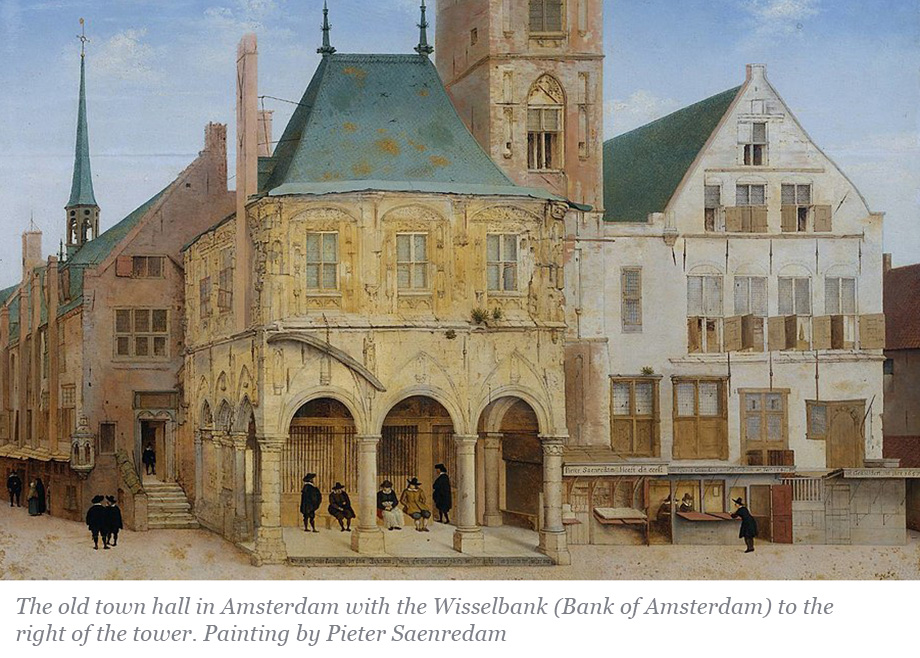
Proponents of narrow banking have argued that lender of last resort policies by central banks, along with deposit insurance and other government interventions in the money markets, are the primary causes of financial instability. However, as we show in this post, non-bank financial institutions (NBFIs) triggered a financial crisis in 1772 even though the financial system at that time had few banks and deposits were not insured. NBFIs profited from funding risky, longer-dated assets using cheap short-term wholesale funding and, when they eventually failed, authorities felt compelled to rescue the financial system.
The Recent Rise in Discount Window Borrowing
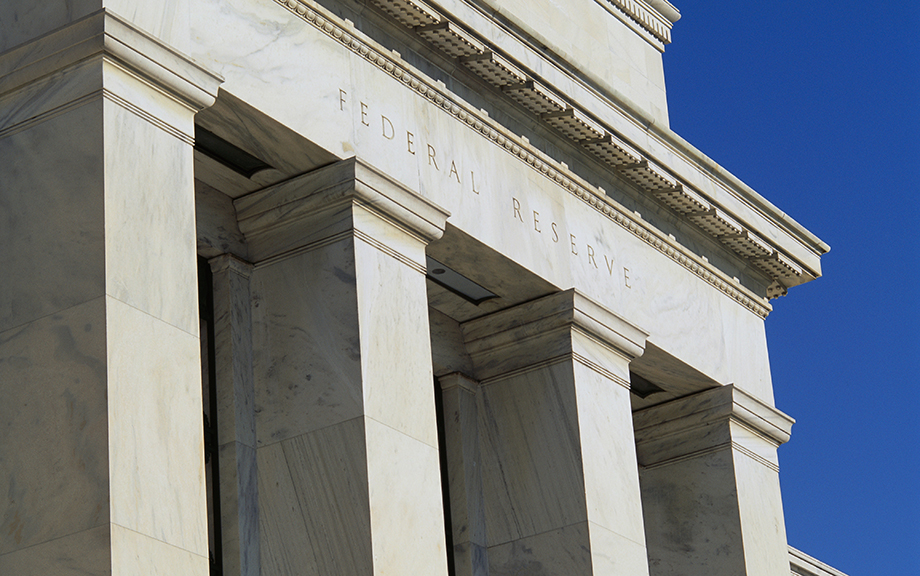
The Federal Reserve’s primary credit program—offered through its “discount window” (DW)—provides temporary short-term funding to fundamentally sound banks. Historically, loan activity has been low during normal times due to a variety of factors, including the DW’s status as a back-up source of liquidity with a relatively punitive interest rate, the stigma attached to DW borrowing from the central bank, and, since 2008, elevated levels of reserves in the banking system. However, beginning in 2022, DW borrowing under the primary credit program increased notably in comparison to past years. In this post, we examine the factors that may have contributed to this recent trend.
Can Decentralized Finance Provide More Protection for Crypto Investors?

Several centralized crypto entities failed in 2022, resulting in the cascading failure of other crypto firms and raising questions about the protection of crypto investors. While the total amount invested in the crypto sector remains small in the United States, more than 10 percent of all Americans are invested in cryptocurrencies. In this post, we examine whether migrating crypto activities from centralized platforms to decentralized finance (DeFi) protocols might afford investors better protection, especially in the absence of regulatory changes. We argue that while DeFi provides some benefits for investors, it also introduces new risks and so more work is needed to make it a viable option for mainstream investors.
Small Business Recovery after Natural Disasters
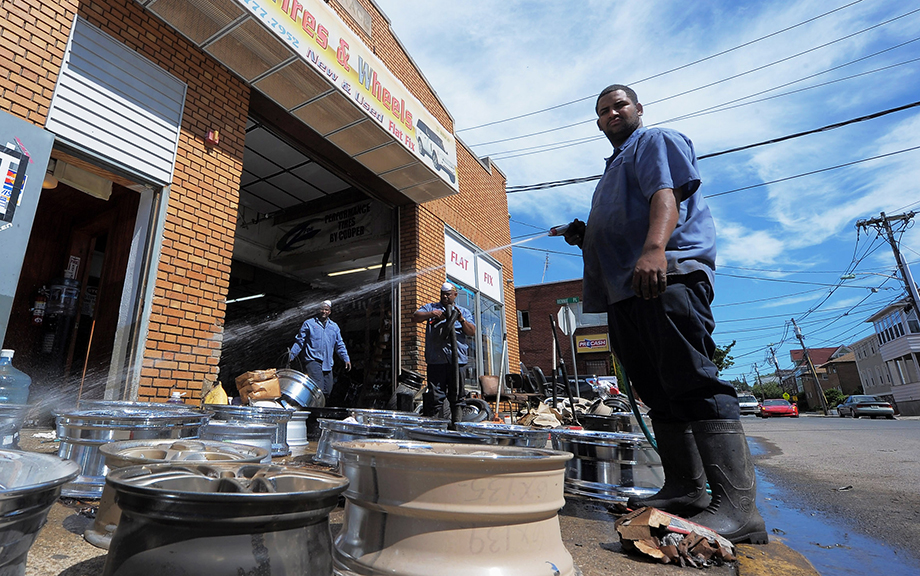
The first post of this series found that small businesses owned by people of color are particularly vulnerable to natural disasters. In this post, we focus on the aftermath of disasters, and examine disparities in the ability of firms to reopen their businesses and access disaster relief. Our results indicate that Black-owned firms are more likely to remain closed for longer periods and face greater difficulties in obtaining the immediate relief needed to cope with a natural disaster.
How Do Natural Disasters Affect U.S. Small Business Owners?
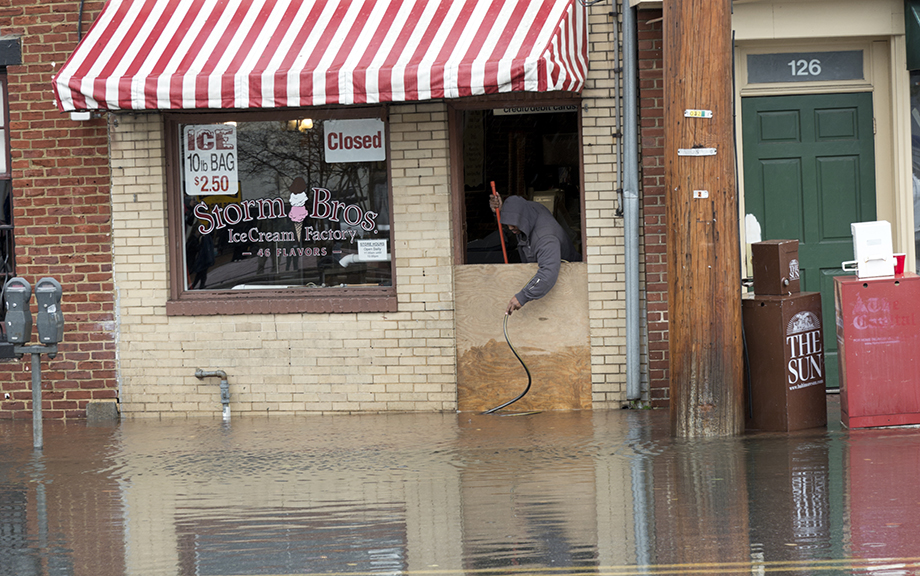
Recent research has linked climate change and socioeconomic inequality (see here, here, and here). But what are the effects of climate change on small businesses, particularly those owned by people of color, which tend to be more resource-constrained and less resilient? In a series of two posts, we use the Federal Reserve’s Small Business Credit Survey (SBCS) to document small businesses’ experiences with natural disasters and how these experiences differ based on the race and ethnicity of business owners. This first post shows that small firms owned by people of color sustain losses from natural disasters at a disproportionately higher rate than other small businesses, and that these losses make up a larger portion of their total revenues. In the second post, we explore the ability of small firms to reopen and to obtain disaster relief funding in the aftermath of climate events.










 RSS Feed
RSS Feed Follow Liberty Street Economics
Follow Liberty Street Economics